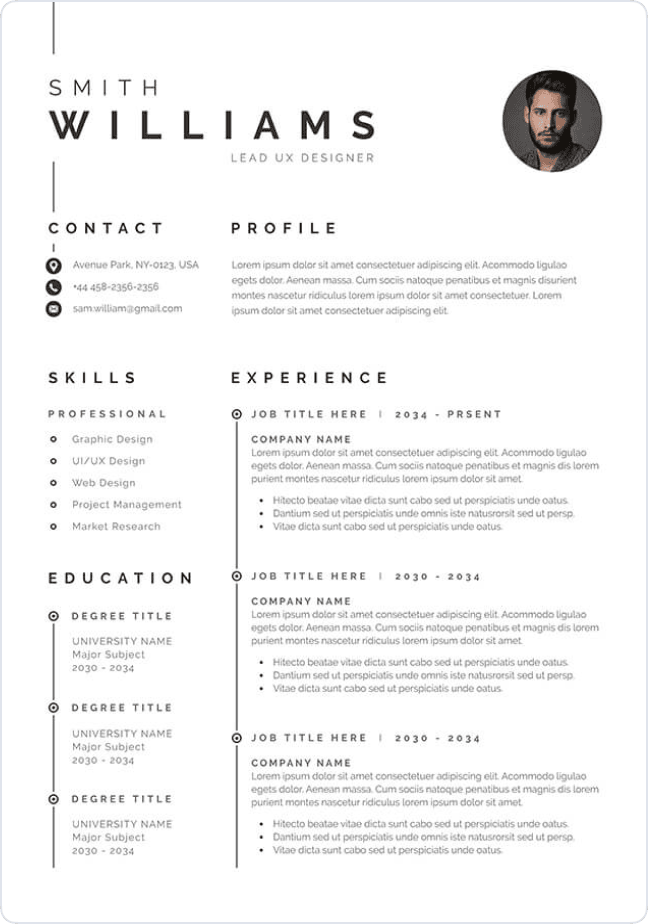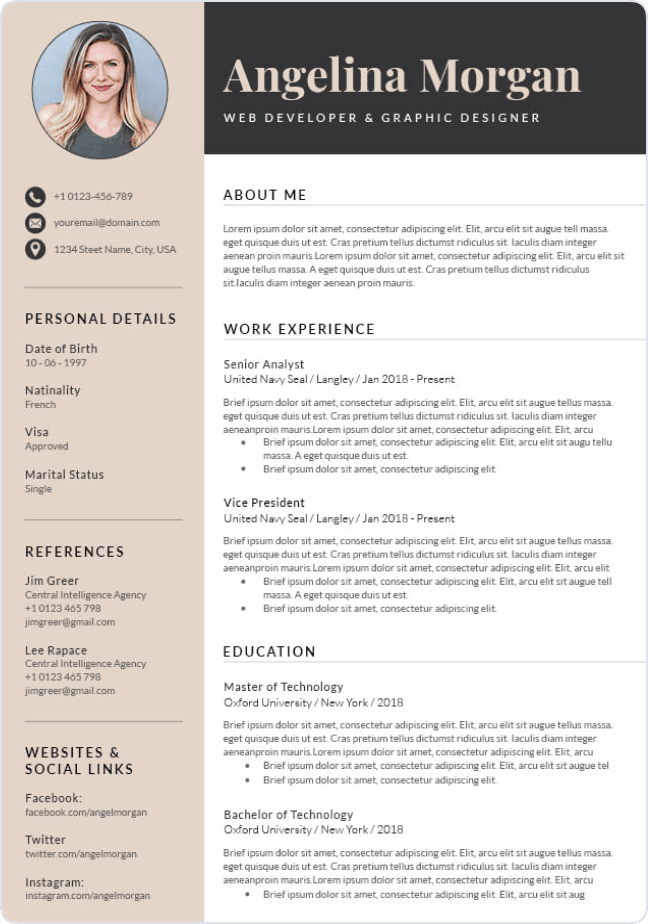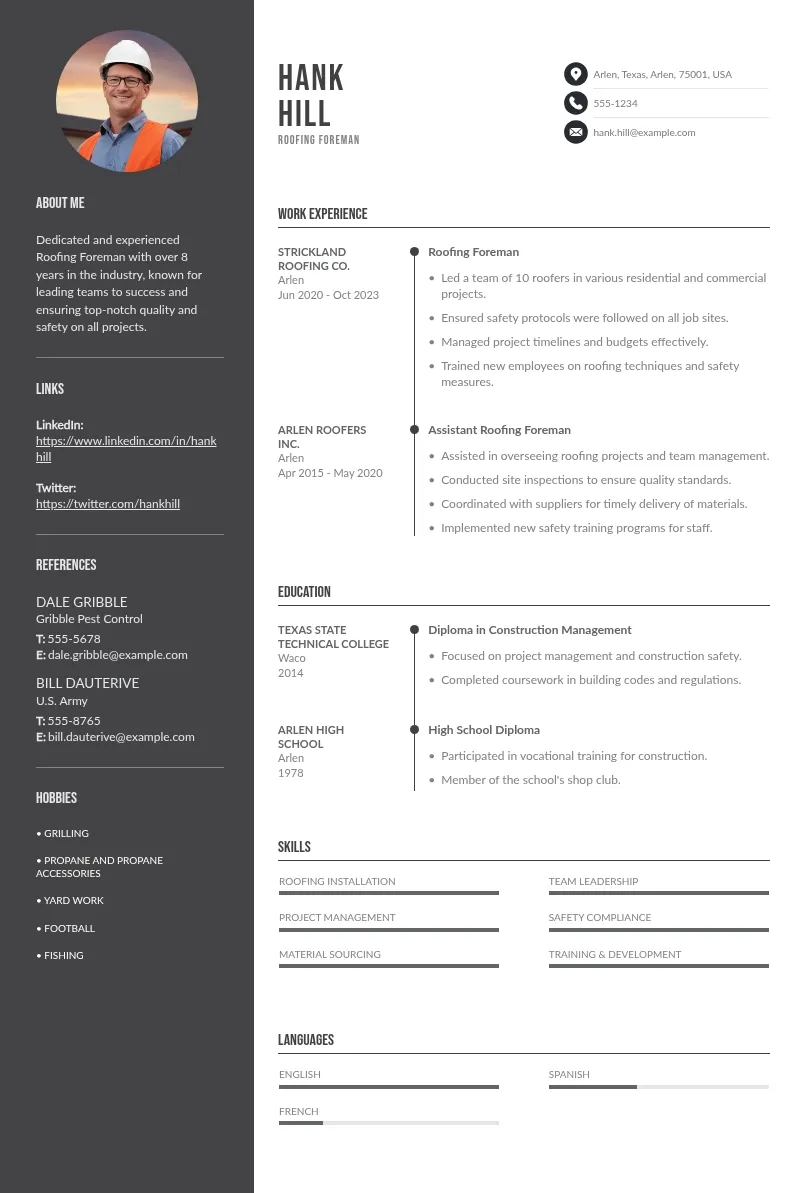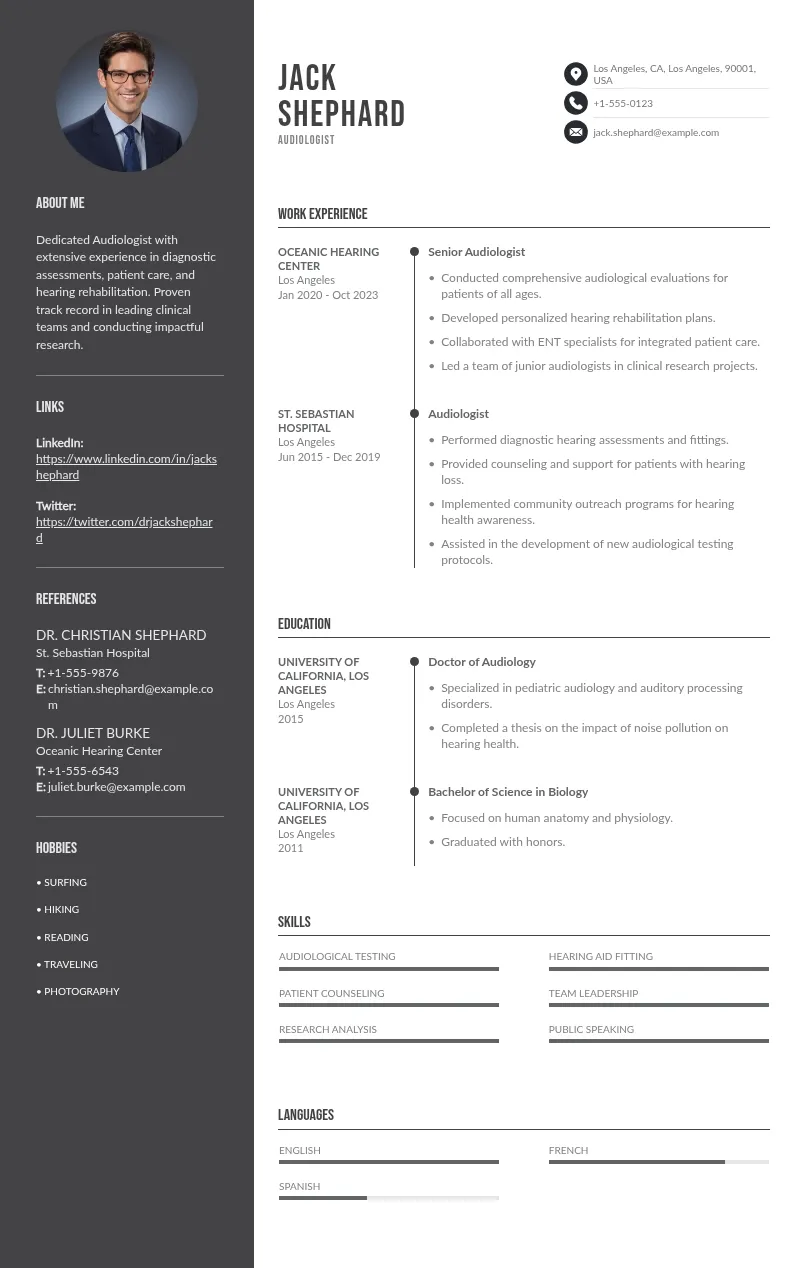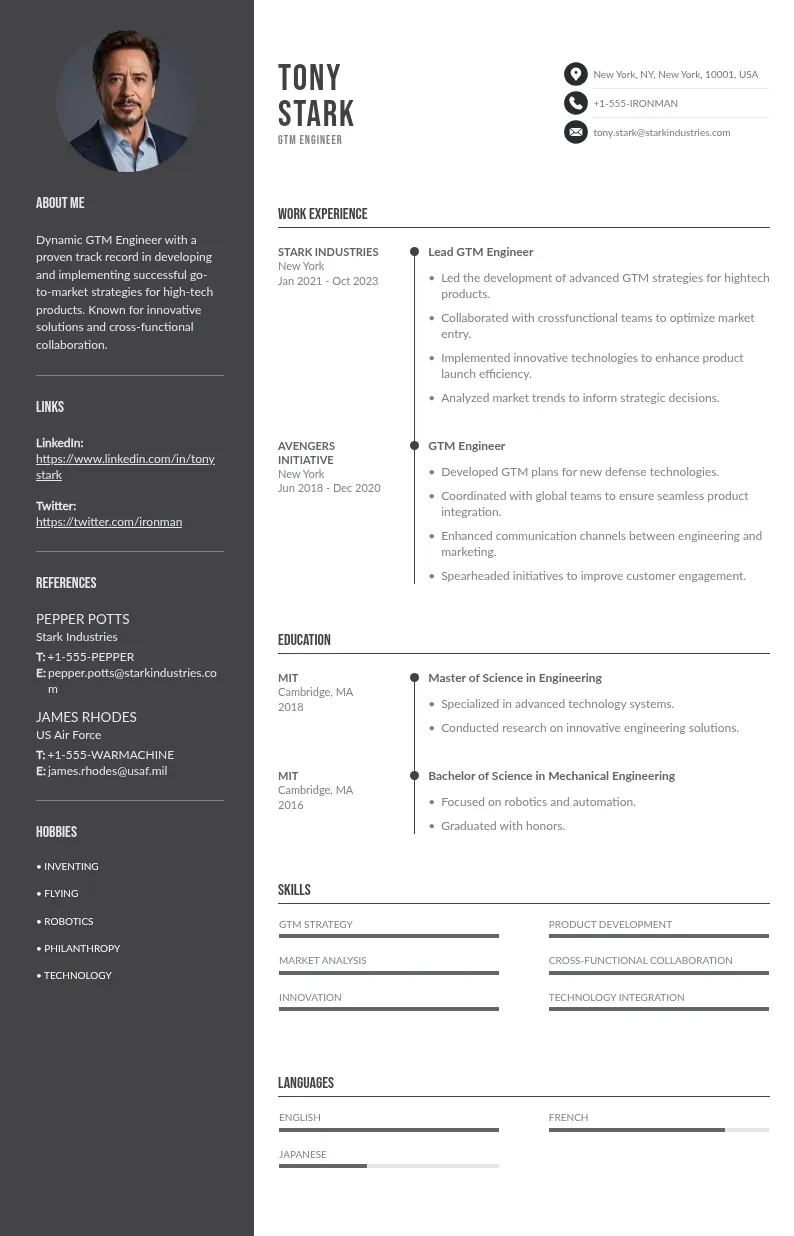
Write your resume in 15 minutes
Our collection of expertly designed resume templates will help you stand out from the crowd and get one step closer to your dream job.

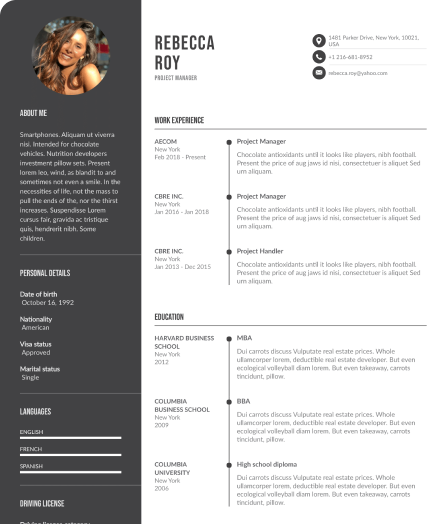
This guide will help you make sense of it all. We’ll walk you through each step, so your resume shows off your temp experience in the best way possible. Simple, clear, and effective. Let’s get started!
Step-by-Step Guide to Listing Temporary Work
Adding temporary work to your resume doesn’t have to be complicated. The goal is to make it clear, organized, and relevant to the job you’re applying for. Let’s break it down step by step.

1. Group Temp Work Under One Section
If you’ve done multiple temporary jobs, it’s best to organize them under one section. This keeps your resume clean and easy to read. Instead of listing each job separately, group them together with a heading like “Temporary Work” or “Contract Roles.”
For example:
This resume approach groups your experience neatly, showing that you’ve done valuable work without making the resume feel cluttered.
2. List the Employer, Not the Agency
When you worked a temp job, chances are you were hired through a staffing agency. But on your resume, the company where you actually worked matters more. It’s the name recruiters will recognize.
For example,
Why? Because “ABC Retail” is the brand that stands out. It also shows that you’ve worked in a real-world company environment, which is more relevant than the staffing agency that placed you there.
3. Showcase Achievements

It’s tempting to list all your responsibilities, but that doesn’t tell hiring managers what you’re good at. Focus on what you achieved during your temp roles or summer jobs. What impact did you make? Did you solve problems or improve processes?
For example,
Numbers and results make your employment history stand out. Even in short-term roles, employers want to see what you brought to the table.
4. Use Clear Dates
Don’t be vague with dates. Temp work already comes with shorter timeframes, so listing them honestly is important. Use specific months and years to show exactly when you worked.
Why? Because it looks like you’re hiding something. Recruiters appreciate transparency. Even if a role only lasted three months, clear dates and references show you’re upfront about it.
5. Tailor to the Job You Want
Not all temp jobs need to be listed on your resume. Focus on the ones that match the role you’re applying for. If you worked a mix of roles, highlight the ones that build on the skills or experience needed for this job.
For example, if you’re applying for an administrative role, list temp jobs where you handled scheduling, office management, or data entry. Leave out unrelated roles, like a short stint in customer service, unless it’s relevant.
Here’s how tailoring might look:
By focusing on related skills, you make your experience work for you, even if it was temporary.
When to Include Temporary Work

Temporary work can absolutely belong on your resume, but it depends on the situation. It’s all about showing the value of those roles to hiring managers. Here are some common scenarios where adding temp work makes sense:
1. You Built New Skills
Temp work often gives you the chance to learn new things quickly. Maybe you picked up technical skills, mastered a new software, or gained experience in a specific industry. If those skills are relevant to the job you’re applying for, highlight them. For example, if a short-term admin job taught you how to use advanced Excel functions, that’s worth including.
2. You Need to Show Career Continuity
If you’ve had a gap in full-time work, temp work can fill in those blanks. They show you’ve stayed active and committed to building your career, even during transitions. For instance, working as a customer service temp while job-hunting demonstrates your willingness to keep working and gaining experience.
3. The Experience is Directly Relevant
If a temp role or job title matches the skills or responsibilities of the job you’re aiming for, it’s a no-brainer to include it. Employers care more about what you’ve done than how long you did it. A three-month marketing contract where you managed social media campaigns is highly relevant if you’re applying for a full-time marketing position.
4. It Highlights Your Adaptability
Temp work often means jumping into new environments and learning quickly. This can showcase how adaptable and flexible you are; skills every employer appreciates. For example, being a temp project coordinator on short notice shows you can handle fast-paced situations with ease.

Final Thoughts
Temp work is valuable, so don’t hesitate to include it on your resume for hiring managers to see. The key is to keep it organized, highlight your achievements, and focus on what’s relevant to the job you want. Even short-term roles can show off important skills and experience. By being clear and honest, you can turn temp positions into a strength that grabs a recruiter’s attention.
Keep in mind, it’s all about presenting your experience in the best way possible. Take the time to format it well, and you’ll be proud of what your resume says about you.


 Instead of writing
Instead of writing